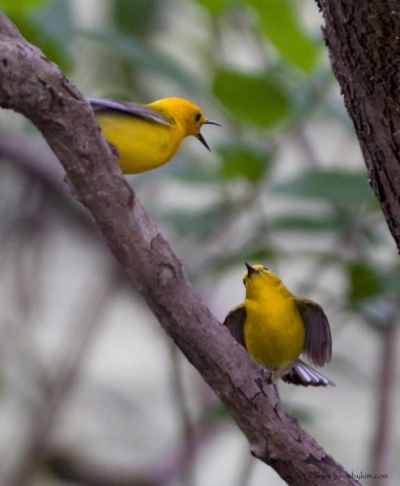Across North America chimney swifts (Chaetura pelagica) and their look-alike western cousins, Vaux’s swifts (Chaetura vauxi), are migrating south for the winter.
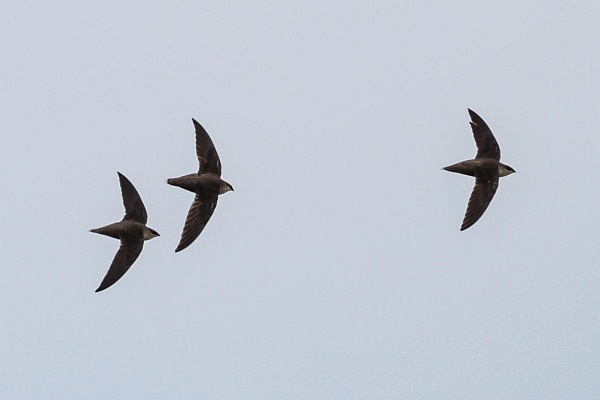
Swifts eat flying insects so they migrate during the day when the insects are out. On hot days they circle high, coursing back and forth in the clouds of bugs. It doesn’t look like organized migration but they’re tending ever southward while they eat.
At dusk the swifts gather at big chimneys, circle in a vortex, then pop into the chimneys to roost, as shown in the video. On cold rainy days they roost during the day to conserve energy when the bugs don’t fly.
Vaux’s swifts are on their way to Central America but the chimney swifts will go much further, crossing the Gulf of Mexico to spend the winter in Columbia, Peru, Ecuador and western Brazil. I wonder if their over-water migration gave them the species name “pelagica.”
For the next several weeks, watch chimneys at dusk to see the swifts. Click here for suggested sites in Pittsburgh.
(video from Cornell Lab of Ornithology on YouTube, swifts photo by Jeff Davis)
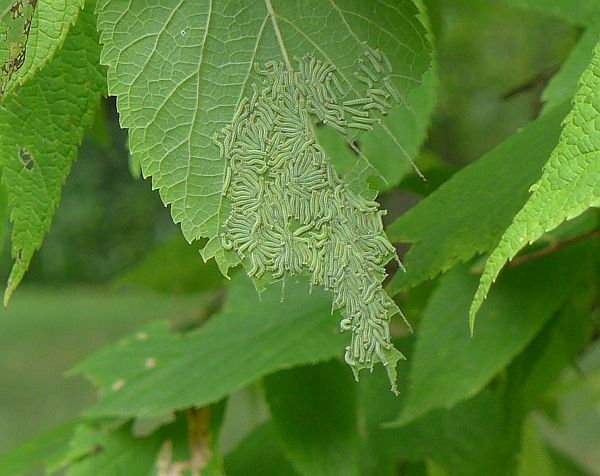

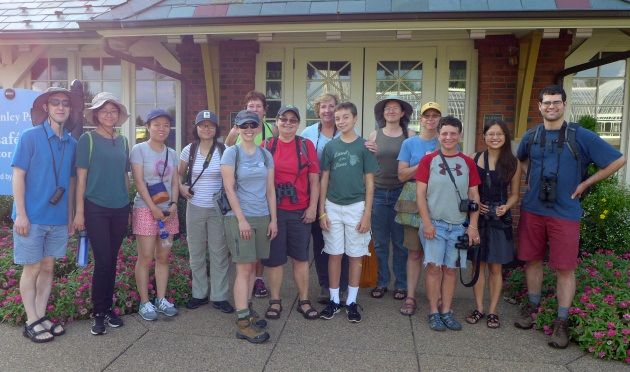
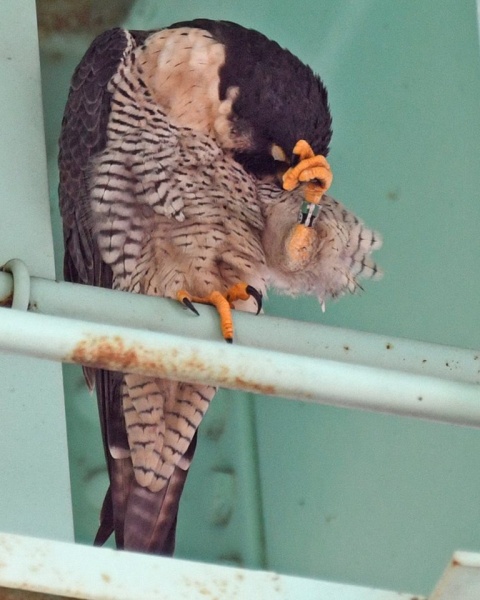
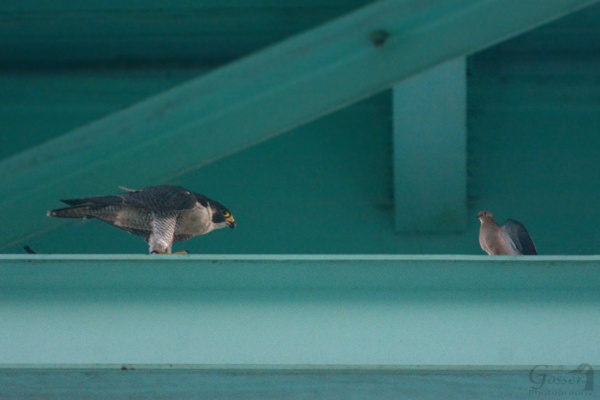
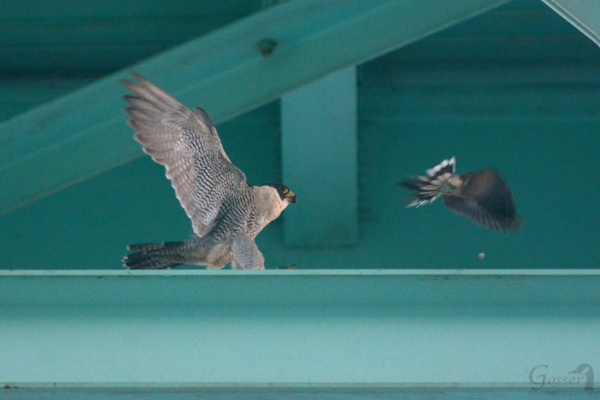
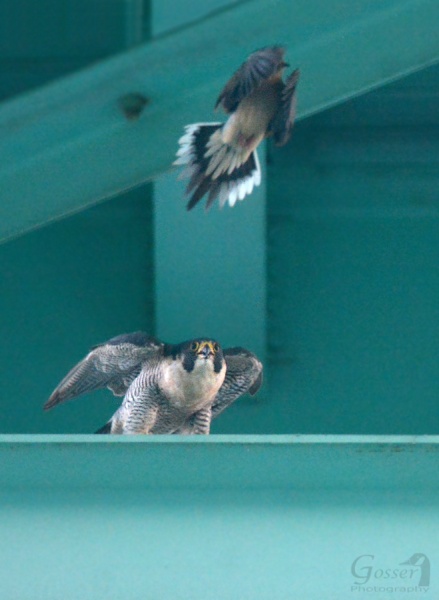
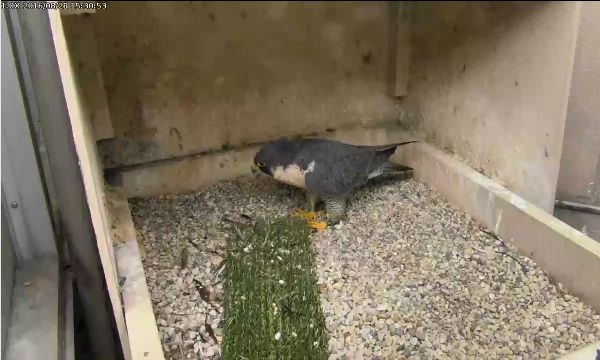
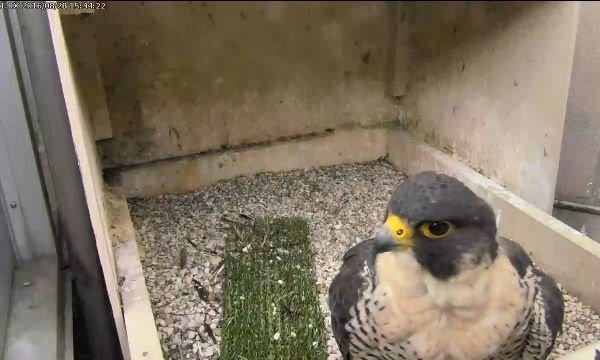
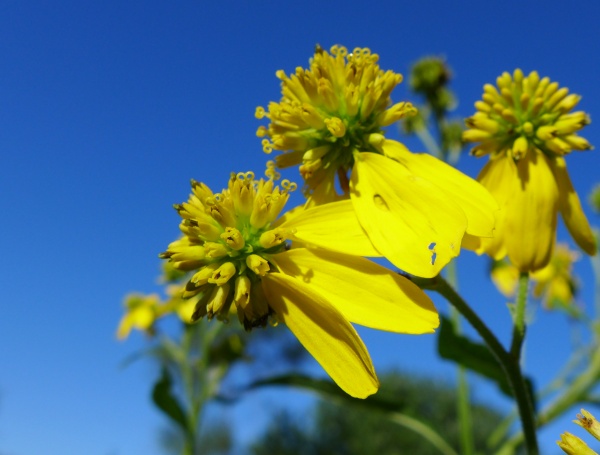
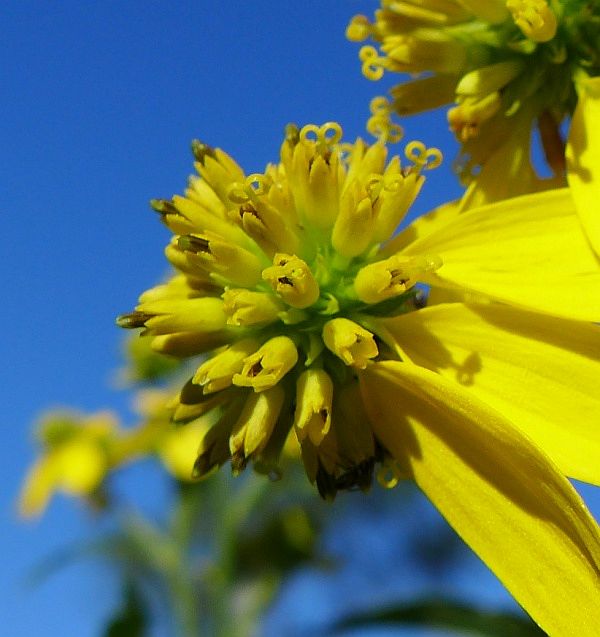
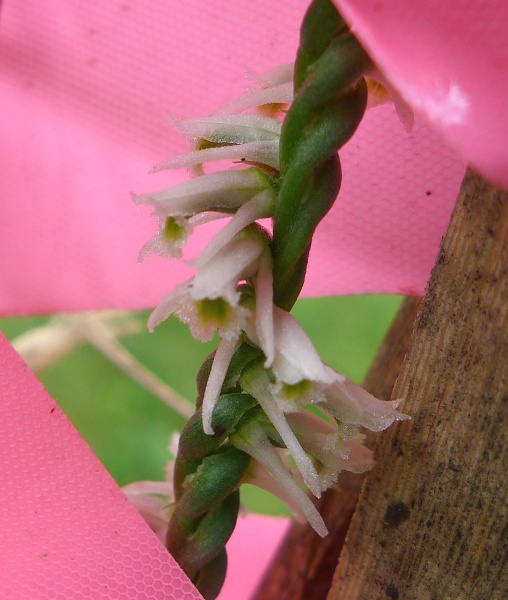
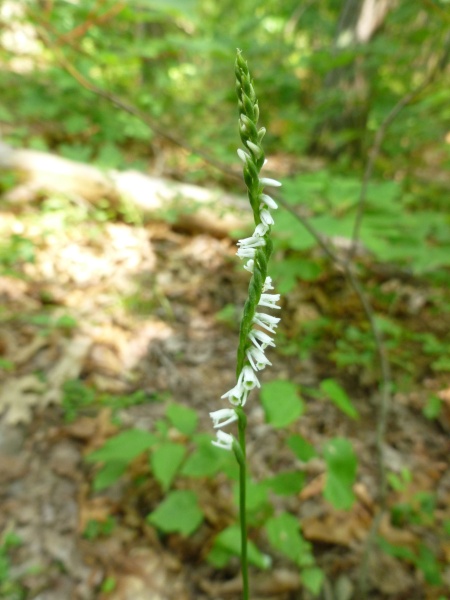


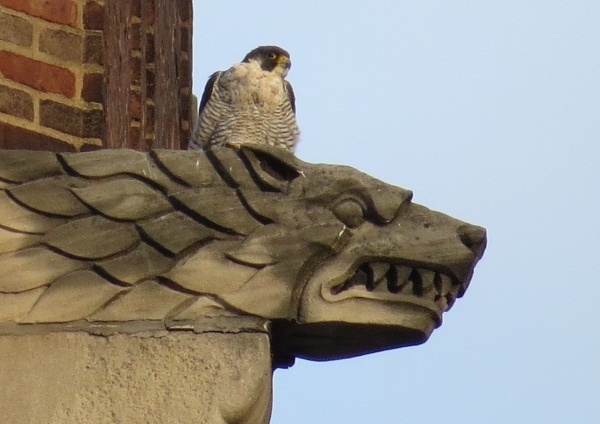
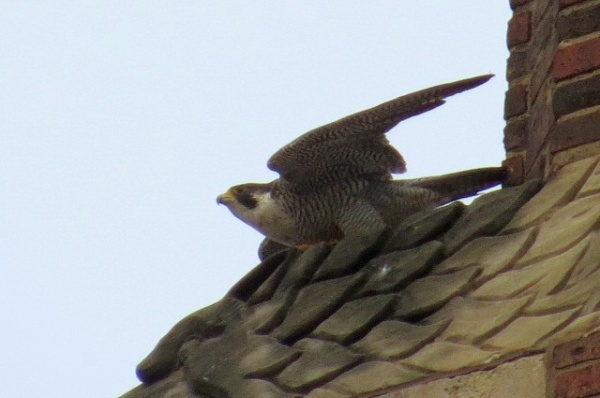
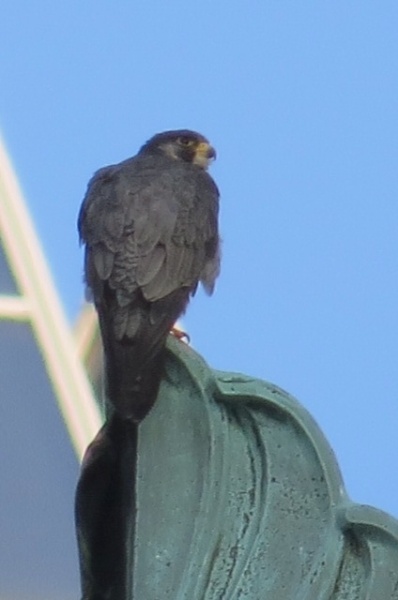
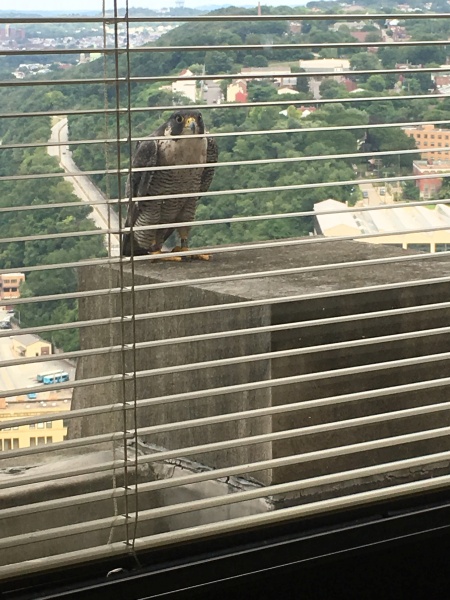
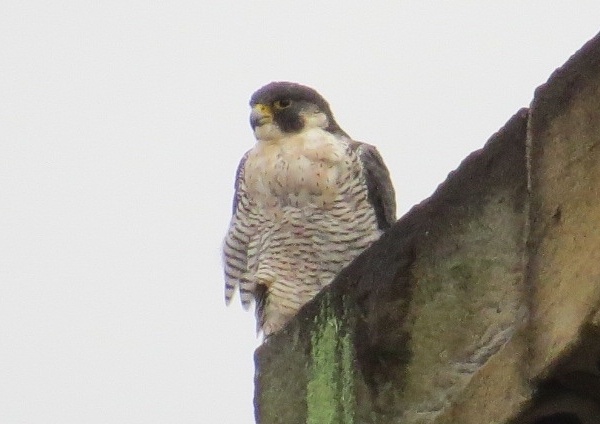
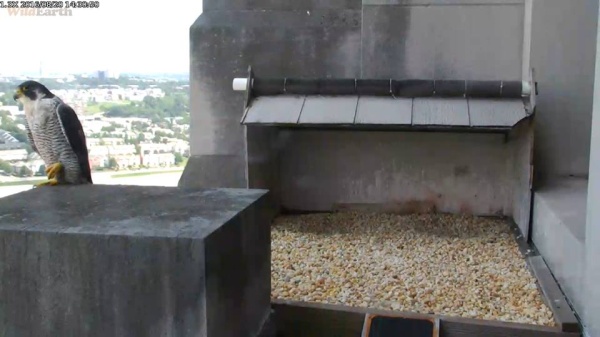
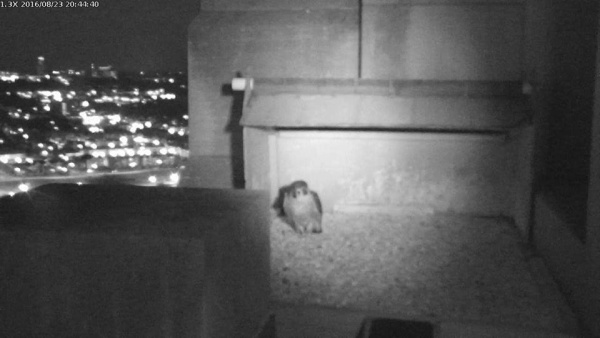
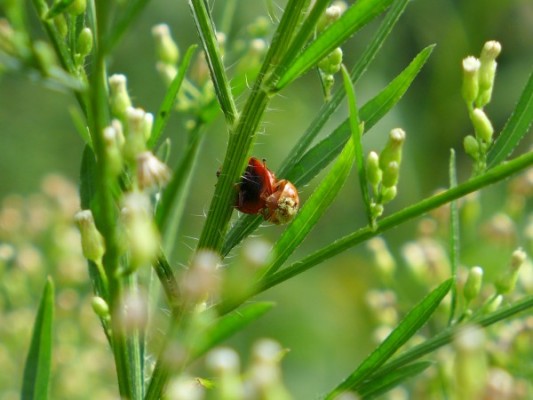 Just a reminder: I’m leading a bird and nature walk at
Just a reminder: I’m leading a bird and nature walk at 